Introduction
Earth is the third planet from the Sun and the only known celestial body in the universe to support life. With its vast oceans, diverse ecosystems, dynamic climate, and protective atmosphere, Earth stands as a symbol of beauty, complexity, and uniqueness. Often referred to as the “Blue Planet” due to its abundance of water, Earth is home to millions of species and ecosystems that have evolved over billions of years. Understanding Earth is essential not only for appreciating its wonders but also for preserving it for future generations.
Formation and Origin

The Earth formed approximately 4.54 billion years ago from the dust and gas surrounding the young Sun in a process known as accretion. Over time, particles collided and fused under gravity, gradually forming planetesimals, which merged into larger bodies. One such body became Earth.
The early Earth was a molten mass, with frequent volcanic eruptions and intense asteroid impacts. Eventually, it cooled down, allowing a solid crust to form. Water vapor condensed into liquid water, forming oceans. This set the stage for the origin of life around 3.5 billion years ago.
A major event in Earth’s early history was the collision with a Mars-sized body, which led to the formation of the Moon. This satellite has since played a significant role in Earth’s tidal systems and axial stability.
Structure of the Earth
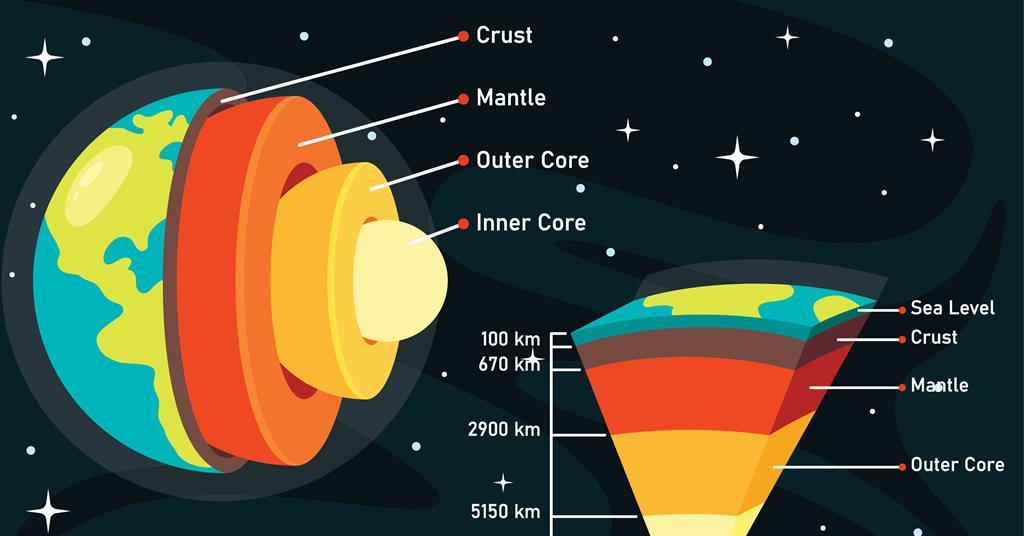
Earth is composed of four primary layers:
1. Crust
The outermost layer, ranging from 5 km (oceanic crust) to 70 km (continental crust) thick. It is where all human activities take place. It includes landforms, oceans, and is made of rocks like granite and basalt.
2. Mantle
Located beneath the crust, the mantle extends to a depth of about 2,900 km. It is composed of silicate rocks rich in iron and magnesium. The upper mantle is partially molten, enabling tectonic plates to move—a process known as plate tectonics.
3. Outer Core
A liquid layer composed mainly of iron and nickel. It is about 2,200 km thick and is responsible for generating Earth’s magnetic field through the movement of molten metals.
4. Inner Core
A solid sphere of iron and nickel, about 1,220 km in radius. Despite extremely high temperatures, it remains solid due to immense pressure.
Earth’s Atmosphere
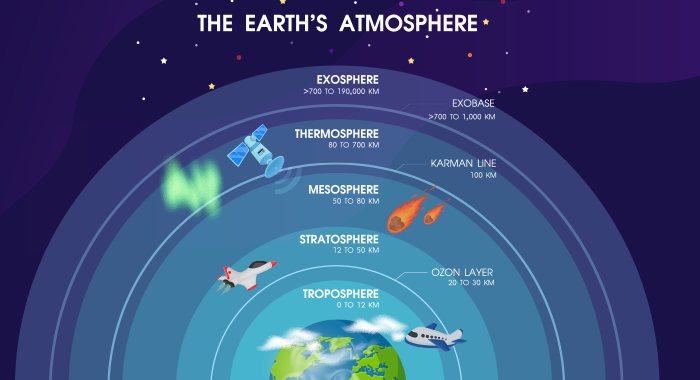
Earth’s atmosphere is a thin layer of gases that surround the planet, playing a crucial role in sustaining life. It is composed of:
- 78% nitrogen
- 21% oxygen
- 1% other gases like argon, carbon dioxide, and trace elements
Layers of the atmosphere:
- Troposphere: Closest to Earth, where weather occurs.
- Stratosphere: Contains the ozone layer, which protects life from harmful UV rays.
- Mesosphere: Burns up meteoroids.
- Thermosphere: Site of auroras and satellite orbits.
- Exosphere: Outermost layer, gradually transitioning into space.
The atmosphere regulates temperature, enables respiration, and shields the planet from solar and cosmic radiation.
Hydrosphere: Earth’s Water World

Earth is often called the “Blue Planet” because about 71% of its surface is covered by water. This includes oceans, rivers, lakes, glaciers, and underground aquifers.
Major Components:
- Oceans (Pacific, Atlantic, Indian, Southern, Arctic): Store about 97% of Earth’s water.
- Freshwater sources: Rivers, lakes, ice caps, and glaciers—make up just 3% of total water.
- Groundwater: A vital source for agriculture and drinking water.
Water plays a central role in climate regulation, nutrient cycling, and the survival of all life forms.
Biosphere: The Realm of Life
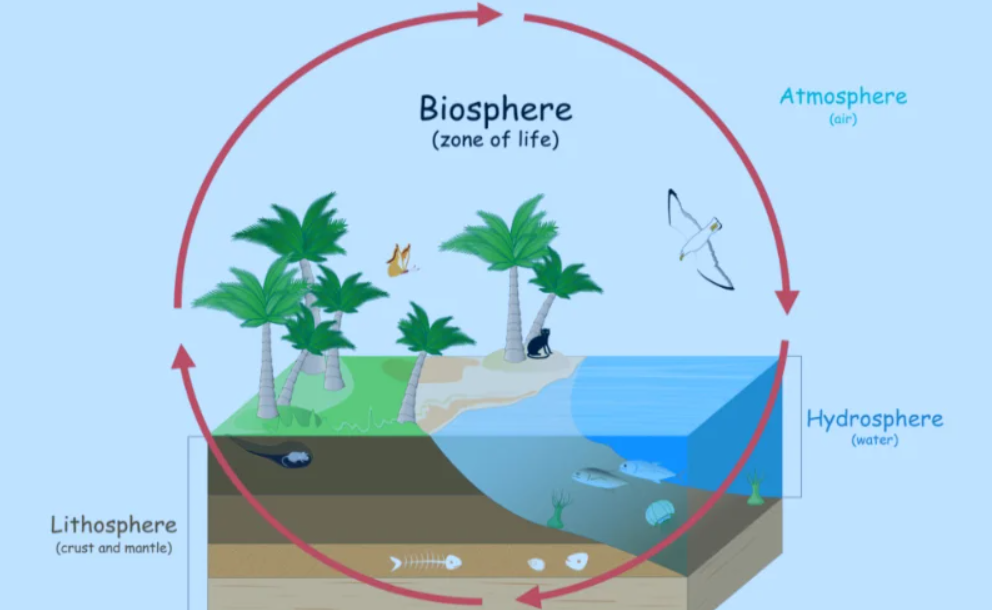
The biosphere is the zone of life on Earth, encompassing all ecosystems. It includes all living organisms and the environments in which they interact, from deep-sea vents to mountaintops.
Key Biomes:
- Forests: Rich in biodiversity; act as carbon sinks.
- Deserts: Harsh climates with specialized life forms.
- Grasslands: Support large herbivores and are crucial for agriculture.
- Tundras: Cold, treeless regions with permafrost.
- Aquatic biomes: Oceans, freshwater lakes, and wetlands.
Each biome plays a role in maintaining Earth’s ecological balance.
Geological Activity
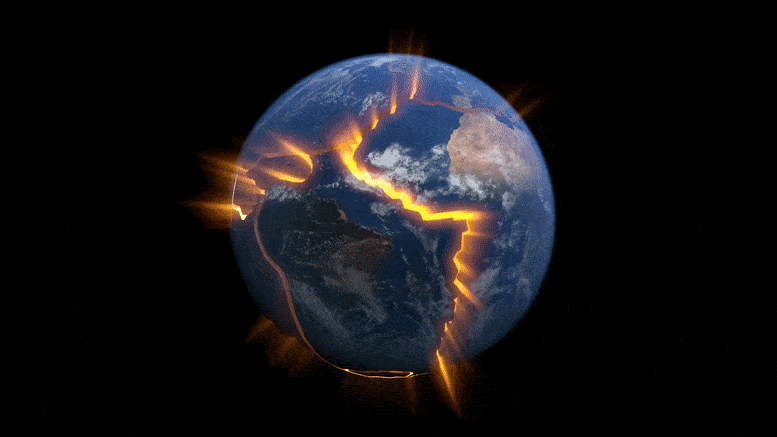
Earth is the only planet known to have plate tectonics, which constantly reshape the surface through processes like:
- Earthquakes
- Volcanic eruptions
- Mountain building
The Earth’s lithosphere (crust and upper mantle) is divided into tectonic plates that float on the semi-fluid asthenosphere. Their movements cause natural disasters but also recycle nutrients and form new land.
Climate and Weather Systems
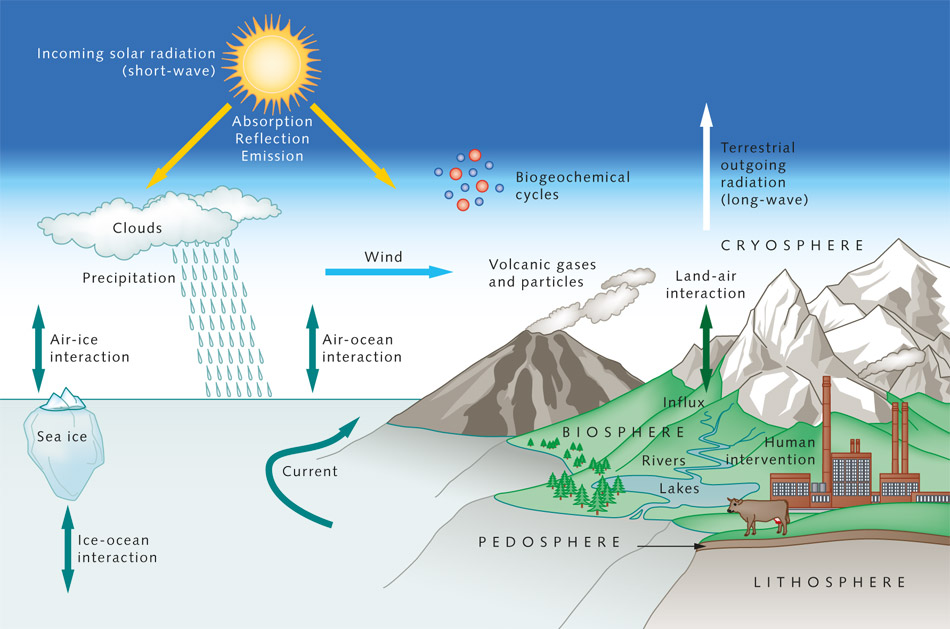
Earth’s climate refers to long-term patterns of temperature, humidity, wind, and precipitation. Climate is influenced by:
- Earth’s tilt and orbit
- Ocean currents
- Solar radiation
- Atmospheric composition
The climate zones include tropical, temperate, polar, arid, and highland regions. These zones determine the distribution of ecosystems and human activities.
Weather, on the other hand, is the short-term atmospheric condition. It’s influenced by the sun, Earth’s rotation, and local geography. Meteorology is the science that studies weather and helps forecast future patterns.
Earth and the Solar System

Earth is the third planet from the Sun, orbiting at an average distance of 149.6 million kilometers. It takes 365.25 days to complete one revolution, giving rise to seasons due to its axial tilt of 23.5°.
Earth also rotates on its axis once every 24 hours, causing day and night. The presence of the Moon, Earth’s only natural satellite, stabilizes Earth’s tilt and contributes to tidal effects.
Life on Earth
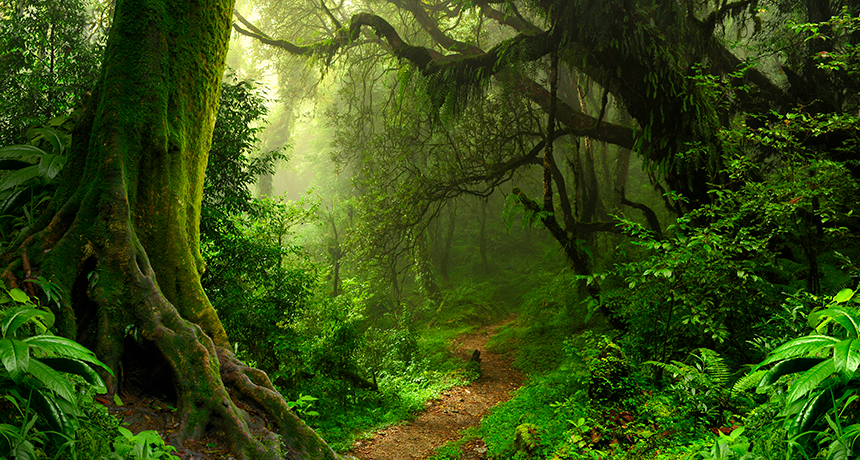
Earth is the only known planet with life. This is due to:
- Liquid water
- A stable atmosphere
- A moderate climate
- Magnetic field protection
- Availability of carbon-based molecules
Life on Earth ranges from single-celled microorganisms to complex multicellular organisms. Biodiversity refers to the variety of life forms, each playing a role in maintaining the balance of ecosystems.
Human Civilization and Development
Humans emerged around 300,000 years ago, with modern civilization evolving in the last 10,000 years. Agriculture, language, science, and technology have allowed humans to dominate the planet.
Major civilizations—Mesopotamia, Indus Valley, Ancient Egypt, Rome, China—rose and fell, leaving their mark on culture and knowledge.
Advancements:
- Industrial Revolution: Mechanization and urbanization
- Technological Era: Computers, satellites, medicine
- Space Age: Exploration of Earth and beyond
However, with progress came challenges like pollution, overpopulation, and climate change.
Environmental Issues
While Earth is resilient, human activities have caused severe stress:
1. Climate Change
Caused by greenhouse gas emissions from burning fossil fuels. Leads to rising temperatures, melting glaciers, and extreme weather.
2. Deforestation
Massive loss of forests due to agriculture and urbanization, affecting biodiversity and carbon balance.
3. Pollution
Air, water, and soil pollution threaten health and ecosystems.
4. Loss of Biodiversity
Extinction rates have accelerated due to habitat destruction and poaching.
5. Resource Depletion
Overuse of natural resources like freshwater, fossil fuels, and minerals.
6. Ocean Acidification
Due to increased CO₂, affecting marine life and coral reefs.
Conservation and Sustainability
To protect Earth, global efforts are needed:
- Renewable energy: Solar, wind, hydro
- Reforestation: Planting trees to restore ecosystems
- Sustainable agriculture: Organic farming and crop rotation
- Recycling and waste management
- Education and awareness
- International agreements like the Paris Climate Accord
Sustainable development means meeting present needs without compromising future generations’ ability to meet theirs.
The Future of Earth
With advances in science and technology, humans have the tools to either preserve or destroy their only home. Exploring space and other planets like Mars may one day provide alternatives, but Earth remains our only habitable planet.
The responsibility lies with every individual, organization, and government to ensure that Earth remains a vibrant, life-sustaining planet.
Conclusion
Earth is not just a planet—it is our home, our cradle of life, and a living system that has evolved for billions of years. From its molten core to the surface forests, from the deepest oceans to the tallest mountains, Earth is a marvel of nature. Its delicate balance of systems supports everything we know.
As we continue to progress, it is essential to cherish and protect this precious world. Earth’s story is still being written—and it is up to humanity to decide how that story continues.
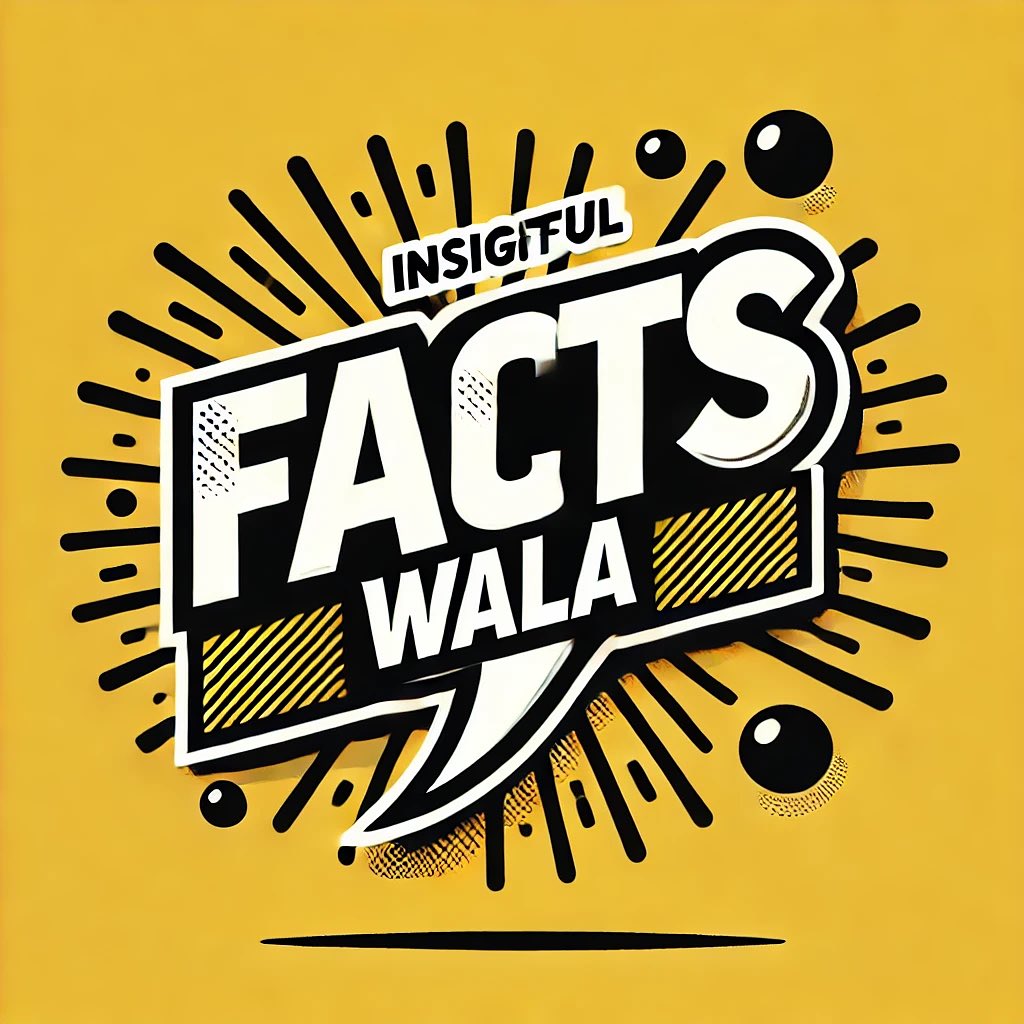
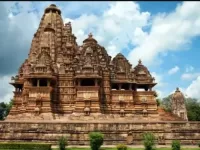
























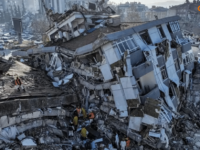

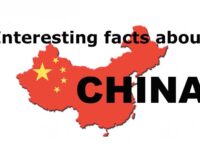







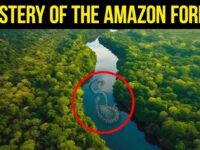








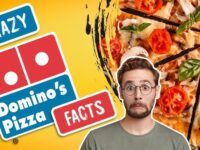






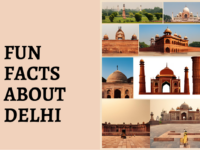
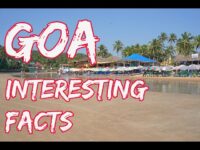







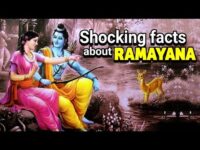








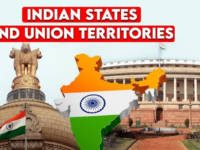


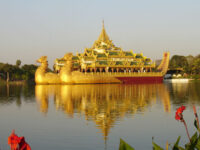

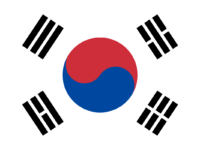

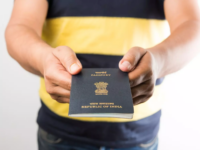
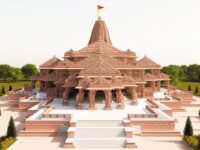




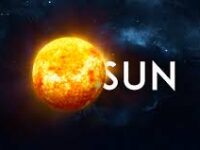


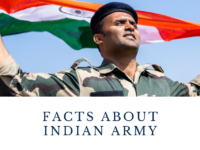

















0 Comments